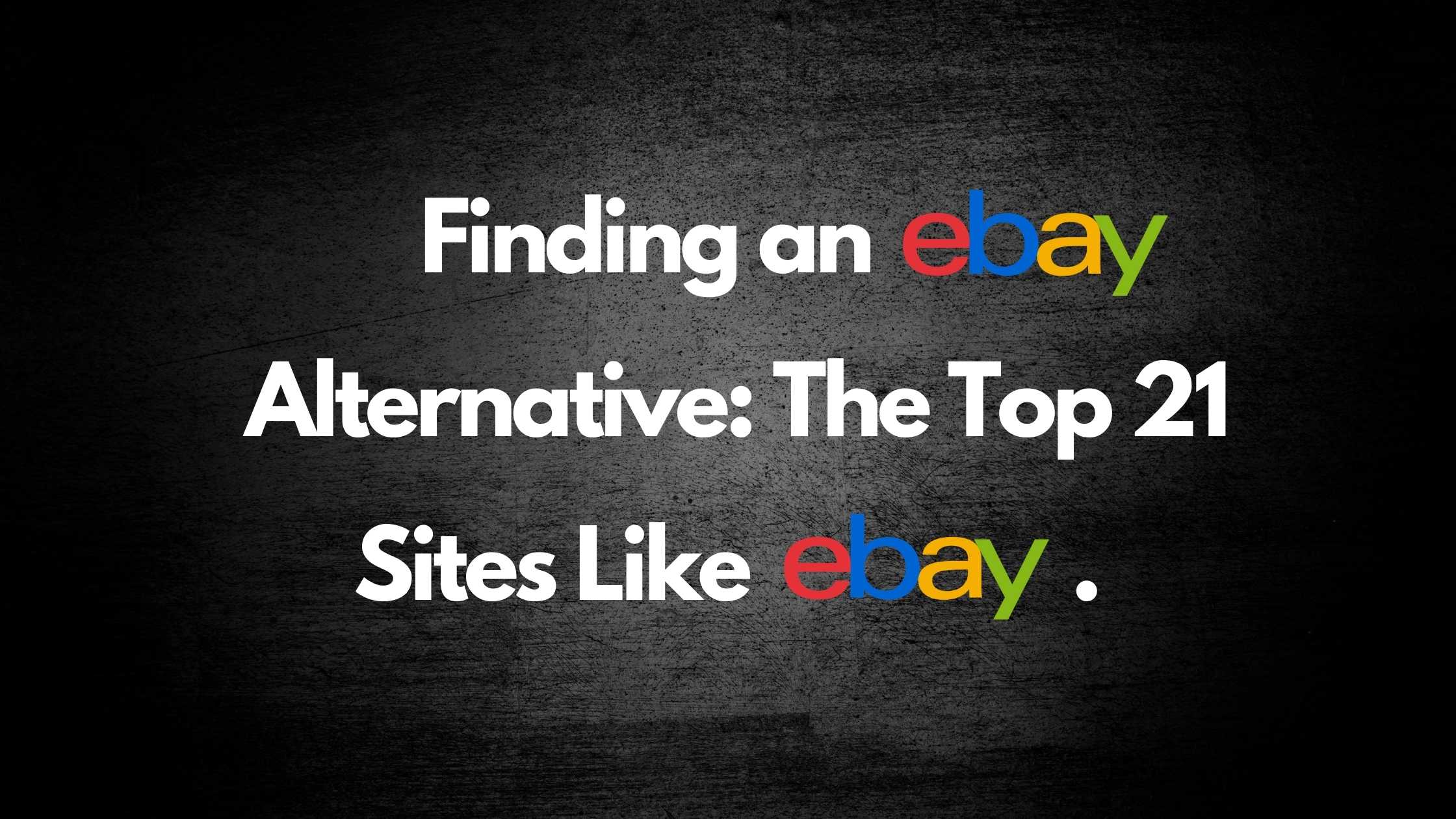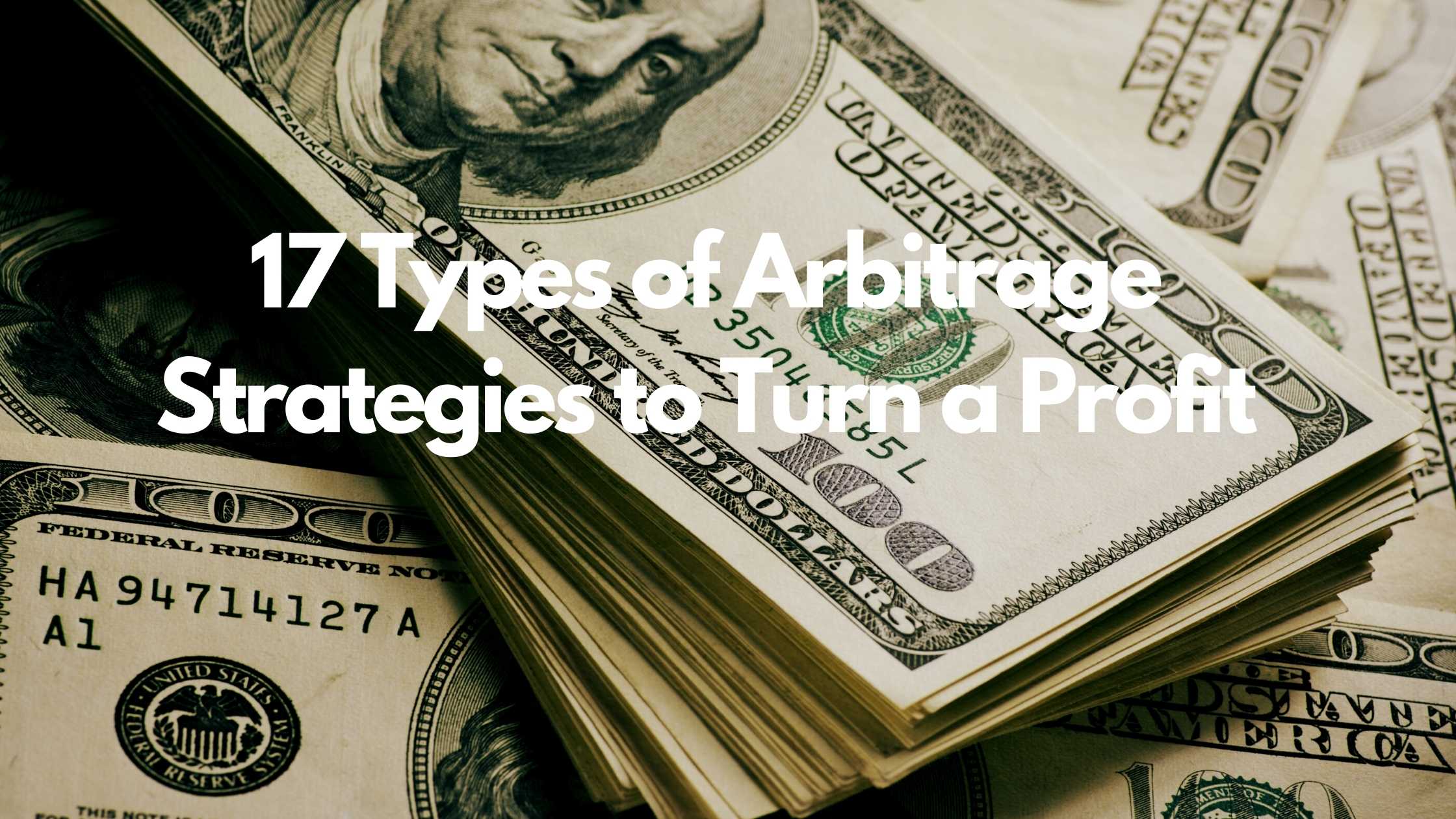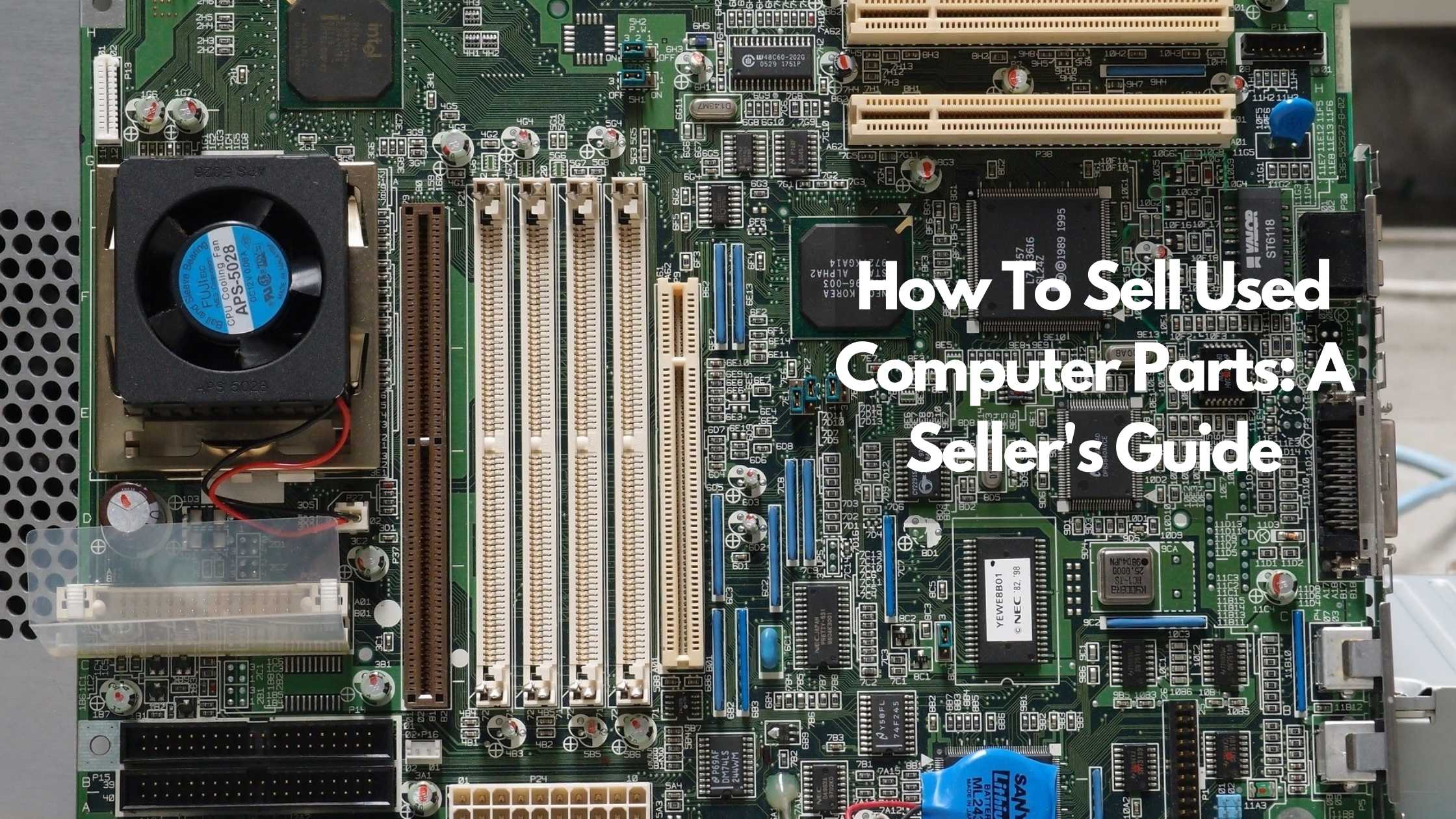
What Are Some Trending Products That Aren’t Oversaturated? [Updated late 2020]

When it comes to selling products online, some products are just so in demand that they fly off shelves. Soon, they become oversaturated, due to many people selling them; thus, the price goes down. So, I researched what products are trendy at the moment but aren’t oversaturated, and put it together in this article to assist you with your online selling business.
So, what are some trending products that aren’t oversaturated? Some of these are:
- Seat cushions
- Portable car vacuums
- Phone tripods
- Portable solar panels
- Breathable mesh running shoes
- Wifi repeaters
- Drone cameras
Keep on reading to find out many more items worth selling.
Getting your products sold takes a bit of work, and there are a few risks to watch out for along the way. So, below I will explain all of the popular products, as well as, what makes them so popular.
The trending products of 2020 and most likely 2021
Although some products are popular all year round, some are more popular during certain seasons. It is my opinion that you should choose products to sell that are popular year-round. That reduces the risk of being stuck with inventory. So, I’ve only included those that aren’t seasonal.
Non-seasonal trending products
- Portable Car Vacuum
- Baby Swings
- Matcha Tea
- Eyebrow Razor
- Seat Cushions
- Phone Tripod
- Portable Solar Panels
- Portable Blender
- Spider Nail Gel
- Wireless Phone Chargers
- Face Shield
- Phone Lenses
- Inflatable Pet Collars
- Eyeshadow Stamp
- Strapless Backless Bra
- Child Wrist Leash
- Front Facing Baby Carrier
- Car Phone Holder
- Home Security IP Camera
- Wifi Repeater
- Drone Camera
- Posture Corrector
- Electric Soldering Iron Gun
- Pump Wedge Locksmith
- Bohemian Earrings
- Manicure Milling Drill Bit
- Flexible Garden Hose
- One Piece Swimsuit
- Fly Fishing Quick Knot Tool
- Breathable Mesh Running Shoes
- Waterproof Eyebrow Liner
- Non-contact Infrared Thermometer
- Cat Massage Comb
- Peel-off face mask
- Nail polish
- Exercise bands
- Water bottles
- Blankets
- Yoga and Pilates mats
- Kayak accessories
- Jigsaw puzzles
- Kitchen and dining room furniture
- Rugs
- Board games
- Laptop skins
- White sneakers
- Vegan shoes
- Shorts bra
- Activewear
- Legging shorts
- Crossbody bag
- Fitness tracker
- Building blocks
- Posture corrector
- Trail Shoes
- Wireless security cameras
- Baby monitors
- Electric Longboard
- Pet carriers
- Dry dog food
A good way to determine whether a product is trending is by looking at their results in Google trends. However, I think you should use your common sense. For example, face masks have only achieved a considerable increase in demand lately because of COVID.
Once COVID is under control, they will quickly become unpopular. I want to mention not to rely 100% on the data provided by Google, and think about the driving factors behind why products are becoming more popular and if it is likely to continue. It’s easy to get caught up in the emotions of trends.
But, I think a more balanced and logical approach will better serve your online selling business. And you should choose products that you have an interest in, and maybe more knowledge about than the average person.
Your passion will shine through in your marketing materials, ads, and way you communicate with customers. This will have a big impact on your sales.
Many items go up in popularity, plateau, and then fade. I think these items are fads, and you should be careful because of how fast they fade away. That is why I have omitted them from this list.
You shouldn’t trust online tools 100% (and what to do instead)
There are many tools that state they will tell you exactly how competitive certain items are, by looking at various factors. But, in my experience and hearing from others in the industry, you shouldn’t trust this data to 100%.
Data provided in Google Keyword Planner is based on a range of factors and fluctuates from time to time. So, if it says ‘buy yoga mats’ get 10,000 clicks per month, that is just an estimate. It isn’t the actual number of clicks per month. The data is intended for cost per click campaigns. However, it paints a pretty good picture of how much people would like to pay to get that traffic towards their site and products. So in a way, it is helpful.
It has been my experience that certain keywords from tools are often way off. Some keywords which are reported to have no volume or have high volume are often proved to be wrong. It is not that something is wrong with the tool. It could be showing a monthly average, although the search volume could only be for specific periods during the year. For example, searching for Christmas Trees might come out with a constant monthly volume. However, we all know that people don’t search for these during the whole year. They only search for them at a specific time during the year. There you have it, take it with a grain of salt, and use your judgment on them.
What you should do instead to see if a product is oversaturated
To get a complete picture of how much demand and how oversaturated the market is, it can be done accurately by looking at the data on search volume and trends. Also, think about the demographics of the target market. Key numbers such as:
- What is the demographic of the people that would buy your product?
- How many people are in the demographic for your product
- How many people have already purchased the product
What is the demographic of the people that would buy your product
Certain products are bought by everyone, such as food, clothing, soap, laundry detergent, lightbulbs, etc. Although anybody can purchase them, in some households, either the mom or dad does the shopping. They will also vary by age ranges. This is why some products use different marketing messages to appeal to different age groups and lifestyles.
A mother, for example, is usually very busy looking after the children. So, selling points such as quick and fast will work well for her. However, men are more logical and like concrete facts. Thus marketing using exact numbers such as ‘kills 99.99% of germs’ works for them.
So, think about your product and the type of person it will appeal to, and their preference. This will help you figure out your market and guide you in what marketing angles to try.
When you look at your competitors, you see areas that they are neglecting or probably haven’t thought of. Other products are easier to figure out, such as ‘skateboards.’ Skateboards are, for the most part, popular amongst boys and men. So, thinking about age, gender, and preferences will help you narrow down exactly how many people would be interested in buying your product.
How many people are in the demographic for your product
Figuring this out is easy and is quite eye-opening. Look at the population of people in your market. This takes a bit of thinking. For example, because you’re reading this, you most likely are targeting only English speaking countries. These are USA, Canada, UK, Australia, and New Zealand. Though New Zealand has a relatively low population.
Then look at the population of these countries, and narrow it down further depending on the specifics of your product. Each country collects census data that is done every five years or so.
I have included links to where you find this data below:
USA – Census.gov
Canada – Statcan.gc.ca
The UK – Ons.gov.uk
Australia – Abs.gov.au
New Zealand – Stats.govt.nz
If you are selling a product to a different segment of the world, then a simple google search will bring up each country’s data.
Number of followers on relevant Facebook groups
Look at relevant groups and competitors to see how many followers they have. For example, a brand’s Facebook page might have 30,000 followers. It is helpful to compile this data onto a Google Sheet or spreadsheet. Knowing that a company has 30,000 followers means that they have 30,000 people interested in buying their products.
You should also check who their followers are as well. This is because they often can be people who won’t buy your products or fake accounts from other countries.
This will also give you a good idea of how many competitors you have, what they are doing, and another reference point on how big your market is. Thus will let you know how oversaturated a product is or isn’t.
How many people have already bought the product
You can look at reviews left on Amazon.com for the different versions of your product. Amazon reported that, on average, 10% to 20% of people who bought the product would leave a review. Amazon is very proactive about getting reviews from customers. If you find reviews on other websites, the amount is probably a much smaller percentage, maybe about 5%.
With this data, you can work out how many people bought the product. For example, if 80 people left a review, that means you can divide that number by .20 or 20%. So, 80/.20 = 400 people bought the product.
When using this method on other websites, you should lower the percentage to 5%. In this case, on a different website with the same review count, it would be 80/.05 = 1600 people bought the product.
To explain more in detail, 80 people who purchased the product amounts to 20 percent in Amazon or 5 percent on a different site. So 80 people multiplied five times (twenty percent times five equals one hundred percent), which equals 400. The five percent from another site means 80 people who purchased equals five percent multiplied by twenty (this to equate to 100 percent), which equals 1600. I hope this explains it better. I’d also take this number with a grain of salt.
You will likely find that many products are dramatically undersold. Meaning not that many people have bought it.
Is too much competition bad? The answer might shock you.
Too much competition is easy to recognize and signifies an overcrowded market, making sales more difficult. This is more of the case on online marketplaces. However, you can work around it, with lots of additional marketing. Knowing what you’re coming up against is key to selling your products successfully.
When you look at websites such as Amazon.com or Ebay.com, you can easily see that there are multiple vendors for specific products. But, some people are making all the sales, whereas others are making zero to none. I’ve included a screenshot below, so you can see what I mean.
This means that adding a new store next to them will make it very hard to make sales from the visitors that come to the website. And you’ll have to spend significantly more time marketing your products. Now, if you put them on an online marketplace that doesn’t have as many people selling your same product, you’d dominate your niche.
By the way, the website you are on now is an online marketplace, where we offer free listings. The competition on our website for various products might be much lower than on bigger name websites. Which means you can make sales easier, saving you more time and money.
To start selling for free, register an account by clicking here.
According to Thrivehive.com, having competitors for your product has the following positive benefits:
- It helps you improve your marketing message.
You can learn a lot from what your competitors say to sell the product you are thinking of selling. Generally, there is a specific way of talking about the product that works well with interested clients. For example, if you are selling dry dog food. They may say something like “wet dog food causes dog cancer.”
The reason this works is that most dog owners think that wet dog food is healthier. So, when they make such a claim, it sparks the customer’s interest.
Although you don’t want to copy what your competition does because you won’t feel good about it and can get into legal issues. You can take ideas from them regarding what features and benefits seem to work. When you look at a range of competitors, you can see what common threads run through all of them.
- They sometimes think of things you didn’t, that can increase how much money you make.
There might be add on items that make sense to combine with your product that you never thought about including. For example, if you sell yoga mats, some people might want stretchy bands as well.
When you add it on as an option, you make the customer’s job easier as they don’t have to go shopping elsewhere for it. You have done the thinking for them and saved them time. For which a percentage will be grateful and reward you with more revenue.
- It gives you a model of what works.
You can often experience a lot of doubt, especially in the early stages of selling a new product. So, seeing a company that has been doing it for some time and is successful helps boost your confidence.
You can tell they are successful by looking at the number of reviews they have. And on some websites, you can see how many sales they have made.
- It tells you how you can make your product unique.
Even though you’re selling the same product as your competitors, you will want to differentiate yourself.
When you do some research to see what your competitors are offering, you can brainstorm ways to make your version of the product stand out. This becomes a key reason why they will go with you and not your competitors.
Find something that will be unique to your product. For example, if you are selling yoga mats, you might sell yoga mats that are machine washable.
Whereas everyone on Facebook or Etsy is selling yoga mats that you have to wash by hand. This saves your customers time and ensures their yoga mats are hygienic. These are two things your customers would appreciate. Thus, they would be willing to pay a bit extra or buy from you instead.
Conclusion
I have provided a list of some trending non-seasonal products that aren’t oversaturated. I have also included some evaluation criteria for you. This way, you get an idea of how oversaturated any product you choose is.
As with most businesses, it is a good idea to focus on how you can differentiate from your competition in any way. This will make your product more valuable to them and should lead to more sales.
Recommended Blog Posts:
Sources
TRENDING


Online Arbitrage for Beginners (Step-by-Step Guide)

17 Types of Arbitrage Strategies to Turn a Profit

Is Retail Arbitrage Legal?

How to Turn Textbook Arbitrage into a Business for Profit

How Can You Tell if a Book is a First Edition?

What to Do With Your Jigsaw Puzzle When Finished?


